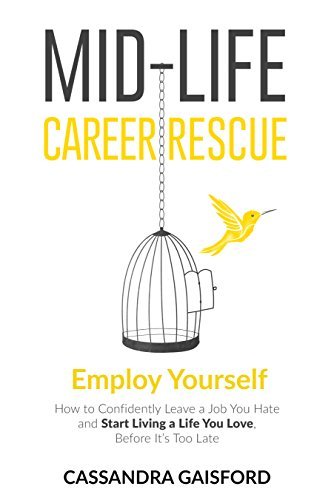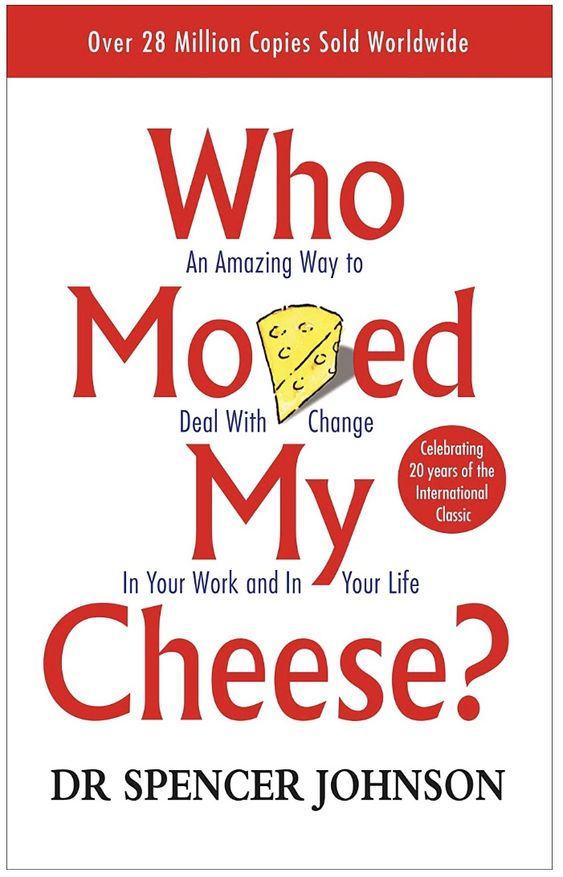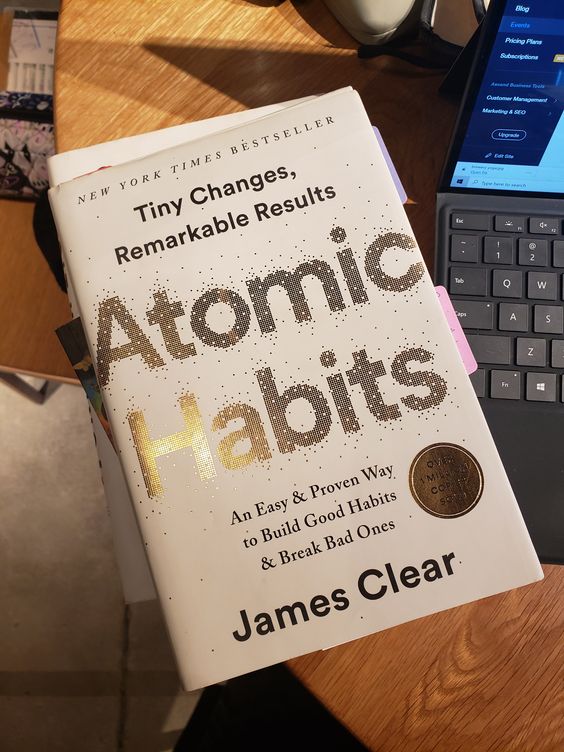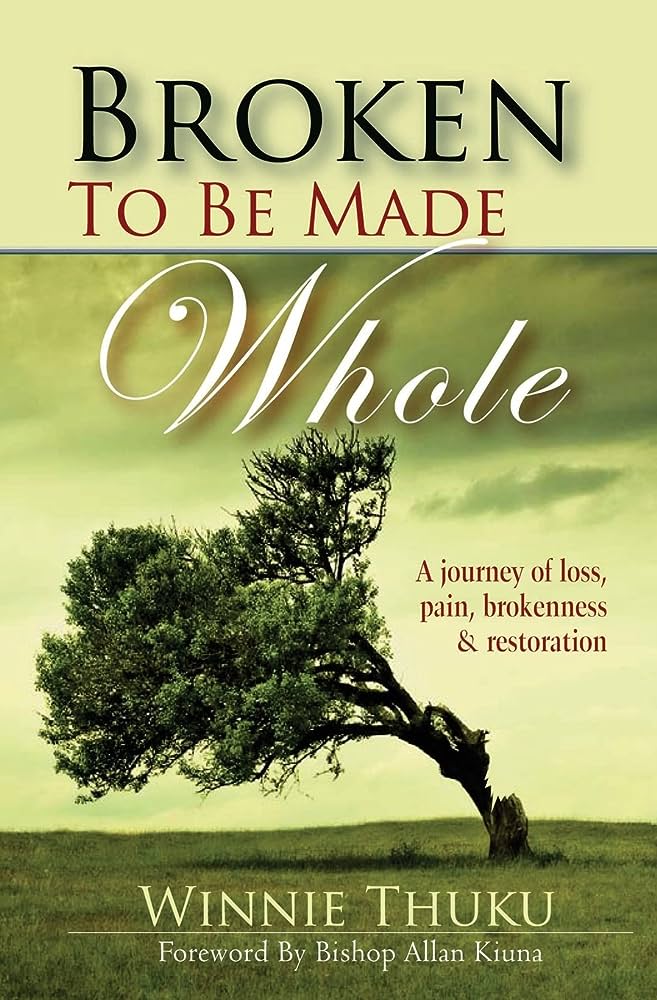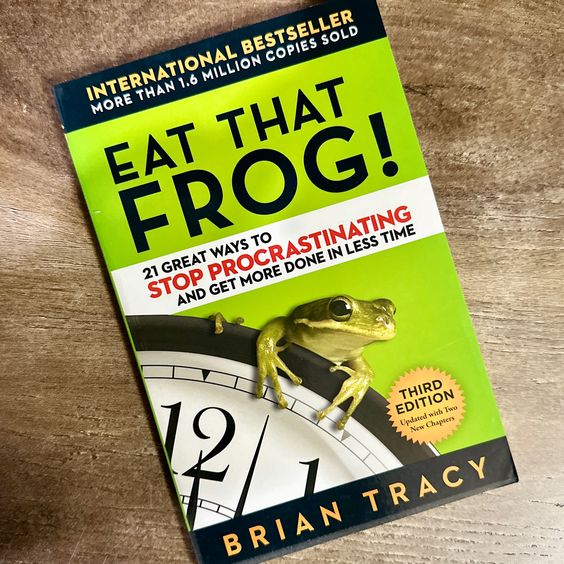Mid-Life Career Rescue Book Summary

Introduction
“Mid-Life Career Rescue: How to Confidently Leave a Job You Hate, and Start Living a Life You Love, Before It’s Too Late” is a self-help and practical guide by Cassandra Gaisford. The book was purposely written for people stuck in unfulfilling careers and looking for ways to change their professional lives positively.
As an individual undergoing a middle-life crisis, the “Mid-Life Career Rescue” book emphasizes the importance of taking control of your career life. The book is divided into sections, each offering valuable insights and actionable steps that assist readers in transitioning to a more satisfying career.
At the start of the book, Gaisford addresses the mid-life career crisis concept. Her explanations show that such an experience can take a toll on an individual’s physical and emotional well-being. The book highlights signs one can look for that indicate the need to change. These signs include extreme burnout, feeling trapped, and significant dissatisfaction.
By acknowledging the above warning signs, we can take the first step towards recognizing the need for change. Next, we should start preparing for energy and motivation to pursue a new career path.
Book Themes
Self-discovery and self-awareness
Self- discovery and self-awareness are the two main themes in this book. According to Gaisford, we should engage in introspection and reflection as we age to identify our passions, values, and strengths. If we conduct a self-discovery journey well, there are higher chances of understanding ourselves better and making informed career decisions. With self-awareness, we are also in a position to make career decisions that align with our personal values and aspirations.
Developing SMART Goals
Another element that Gaisford emphasizes is the importance of setting clear and achievable goals. Throughout the book, Gaisford offers practical guidance on setting SMART (Specific, Measurable, Achievable, Relevant, and Time-bound) goals. In this case, smart goals serve as a roadmap towards career transformation.
Breaking Large Goals into Small Managable Ones
Gaisford also emphasizes the importance of breaking down larger goals into smaller, manageable ones. When big goals are broken into smaller ones, we avoid feeling overwhelmed. In addition, pursuing small and manageable goals and attaining them helps us stay motivated throughout the process.
Addressing Fears linked to Career Change
One of the critical aspects of career change mentioned in this book is addressing fears and limiting beliefs that may be holding us back. The book discusses common fears linked to mid-life career change, including fear of failure, rejection, and financial insecurity. It also offers the strategies that we can use to overcome this fear.
One strategy Gaisford offers to challenge these fears and negative thoughts is replacing them with positive affirmations and visualizations supporting their career aspirations. While affirmations help shift negative thoughts into positive ones, visualization helps boost motivation, among other benefits.
Exploring Potential Career Options
Gaisford also offers guidance on exploring potential career options and conducting research to determine the viability of a chosen path in our mid-life stage. The book proposes various strategies, including networking, seeking mentors, and leveraging online resources to gain insights into different industries and professions. In addition, the book offers advice on attaining new skills or qualifications when necessary, emphasizing that it is never too late to invest in our personal and professional growth.
The book’s significant portion is dedicated to the practical aspects of making a career change, such as job searching, preparing a compelling resume, and sailing through interviews. It also offers valuable tips on tailoring a resume to highlight relevant skills and experiences and navigate job interviews confidently. Gaisford emphasizes the benefits of networking and leveraging personal connections to access hidden job opportunities.
Throughout the book, Gaisford shares inspirational success stories of people who have successfully made mid-life career changes. These real-life cases motivate and demonstrate that pursuing our passions and creating a fulfilling career at any stage of life is possible. When reading these stories, the idea that change is achievable is reinforced. If others did it, we can also make it.
Work-life Balance
Another important aspect that the book touches on is the importance of work-life balance and self-care during the career change process. Gaisford stresses that maintaining physical and mental well-being is crucial for success and resilience during this transformative journey.
The book also shares practical tips for stress management. They include practicing mindfulness, self-care, and finding support through friends, family, or professional counselors.
In summary, “Mid-Life Career Rescue” by Cassandra Gaisford is a comprehensive and empowering guide for people seeking to break free from unfulfilling careers and embark on a path towards greater happiness and satisfaction in their professional lives during their mid-life stage.
Through a combination of self-discovery, goal setting, conquering fears, and practical job search strategies, Gaisford equips readers with the tools and motivation needed to make a career change confidently.
If we ever change our careers during our mid-life stage, we should ensure that our chosen careers align with our values and aspirations. Gaisford encourages readers to pursue a life they truly love, even when faced with mid-life challenges. In conclusion, this book is an invaluable resource for people looking to take control of their careers and create a brighter future.
Key Lessons from the Book
- Self-Reflection – The book encourages reflecting on our values, passions, and purpose in life before making career changes.
- Passion Discovery – The book recommends we identify our true passions and interests to guide our career decisions.
- Skills Assessment – Gaisford encourages us to assess our skills, strengths, and weaknesses to determine what we bring to the table.
- Fear Confrontation – As we try to change our careers, we should also recognize and confront our fears and limiting beliefs that hold us back.
- Set Goals – We are also encouraged to set clear, achievable career goals that offer direction and motivation.
- Networking – When trying to change careers during our mid-life stage, having a strong professional network is key. A strong network supports our career transition.
- Resilience – We are also encouraged to develop resilience and a growth mindset to navigate challenges and setbacks linked to career change during mid-life.
- Work-Life Balance – We are encouraged to prioritize work-life balance to maintain physical and mental well-being.
- Financial Planning – We should create a financial plan that ensures our transition does not lead to financial instability.
- Side Hustles – Even as we pursue formal careers, we are encouraged to explore side hustles or part-time work to gain experience in our desired field before making a full career change.
- Continuous Learning – We are encouraged to commit to lifelong learning and skill development to stay relevant in our chosen field.
- Overcoming Age Bias – As we age, we should address and overcome age-related biases that may affect our career transition.
- Personal Branding – We should build a strong personal brand to showcase our expertise and value to potential employers or clients.
- Networking and Marketing – We should also utilize online and offline marketing and networking strategies to promote ourselves and our skills.
- Celebrate Successes – We should also recognize and celebrate our achievements and milestones to stay motivated and positive.
